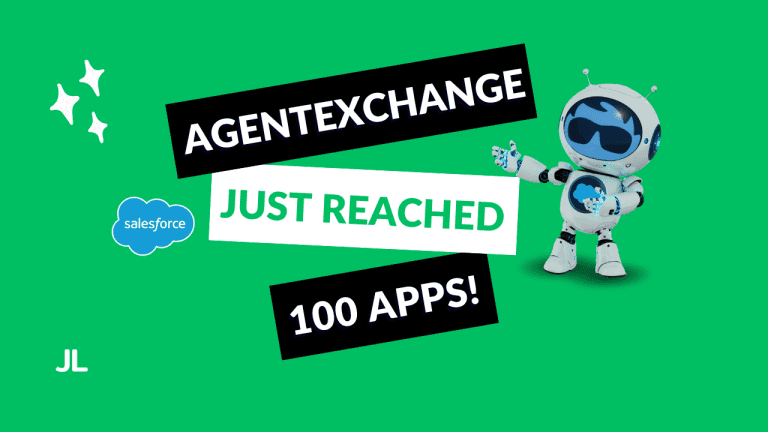
If you’re managing customer support in Salesforce, setting up Business Hours and Holidays correctly is essential. These two features ensure your case escalation rules, milestones, and entitlement processes reflect when your support team is truly available. Not just when a case is open.
In this guide, you’ll learn:
- What Salesforce Business Hours and Holidays are
- How to configure them step by step
- How they impact your support processes and SLAs
What Are Business Hours in Salesforce?
Business Hours define the time frames during which your support team is available to handle cases. They’re the backbone of accurate response-time tracking, entitlement processes, and case escalations.
Without them, Salesforce would calculate resolution times 24/7. Which doesn’t make sense if your team clocks out at 5 p.m.
You can create multiple Business Hours for different time zones or regions, but only one set can be the default.
If your company operates in London, New York, and Singapore, each office can have unique Business Hours aligned to its local time zone.
Business Hours ensure service-level timers only run when your team is actually available.
How to Configure Salesforce Business Hours
Follow these steps to view, edit, or create new Business Hours in Salesforce:
- Go to Setup → Click the ⚙️ icon → Select Setup
- In the Quick Find box, search for Business Hours
- Select Business Hours from the results
- You’ll see a list of existing Business Hours, including their names, time zones, and whether they’re the default
- Click New Business Hours to create a new one
Here’s an example:
- Name: London
- Default: Yes
- Active: Yes
- Time Zone: GMT (London)
- Hours: 8:00 AM – 5:00 PM, Monday to Friday
You can repeat this for other regions like New York or Singapore, adjusting time zones as needed.
Create one default Business Hour and regional ones for each support location.
Adding Holidays in Salesforce
Now that your Business Hours are set, let’s talk about Holidays.
Holidays act as exceptions to your Business Hours. They tell Salesforce when your team isn’t available, even during regular business days.
For example, you don’t want escalation rules to run on Christmas Day or New Year’s Day. That’s where Holidays come in.
How to Configure Holidays in Salesforce
To set up a holiday:
- Go to Setup
- In the Quick Find box, type Holidays
- Select Holidays and click New
- Enter details such as:
- Name: Christmas Day
- Date: December 25
- All-Day Event: Yes
- Recurring Holiday: Yes, Every year on December 25
- Click Save
Once created, assign the holiday to your Business Hours using the Add and Remove button. This ensures that time-based processes like escalations and entitlements pause during holidays.
You can repeat this process for other holidays, such as New Year’s Day or New Year’s Eve (half-day).
Holidays extend Business Hours by marking non-working days and times. This ensures SLAs aren’t breached while your team is off.
Real-World Example: Global Support Coverage
Let’s look at a practical example from a global company, Click Pioneer, with support teams in:
- London (GMT)
- New York (EST)
- Singapore (SGT)
Each office operates from 8:00 AM to 5:00 PM local time.
They configure Business Hours for each region and assign shared Holidays (Christmas, New Year’s Eve, and New Year’s Day).
This setup allows Salesforce to:
- Calculate escalations and entitlements only during working hours
- Automatically pause timers during holidays
- Maintain consistent SLAs across multiple time zones
Multi-time-zone Business Hours and shared Holidays keep your global SLAs consistent and accurate.
Summary: Business Hours and Holidays in Salesforce
| Concept | Purpose | Key Notes |
|---|---|---|
| Business Hours | Define working hours for support teams | Only one can be the default; supports multiple time zones |
| Holidays | Define non-working days or partial days | Can be one-time or recurring; can be tied to multiple Business Hours |
Both features ensure that escalations, milestones, and entitlement processes reflect real-world availability. Not theoretical uptime.
Final Thoughts
Configuring Business Hours and Holidays may seem like a small admin task, but it directly impacts your customer experience and SLA accuracy.
Take the time to review your organization’s global support schedule and keep it updated.
Check out my guide on how to use record types in Salesforce.


![7+ Best Salesforce DevOps Tools [Ranked & Reviewed]](https://julianlankstead.com/wp-content/uploads/2024/02/how-to-start-a-salesforce-consulting-business-optimization-thumbnail-768x432.png)


